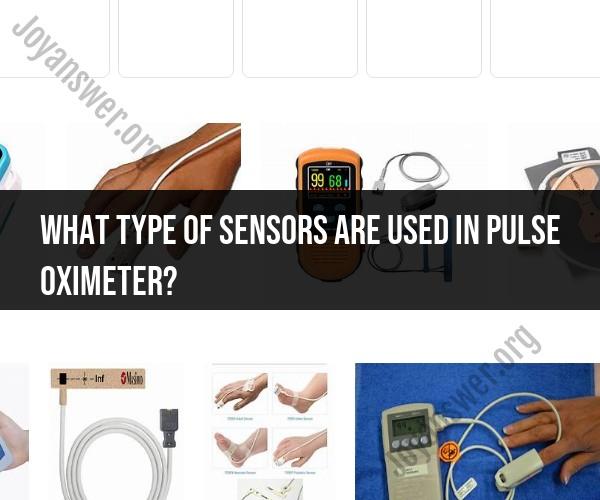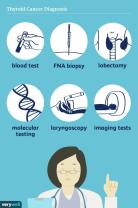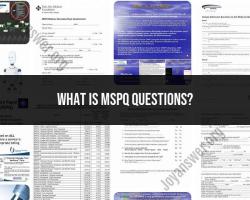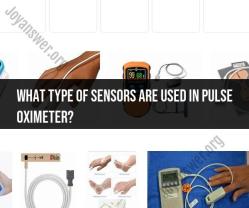What type of sensors are used in pulse oximeter?
Pulse oximeters typically use two types of sensors to measure blood oxygen saturation (SpO2) and heart rate:
Photodetector Sensor: This sensor emits specific wavelengths of light (typically red and infrared) through a translucent part of your body, such as a fingertip, earlobe, or toe. The light then passes through your blood vessels and reaches a photodetector on the other side of the sensor. The amount of light absorbed by oxygenated and deoxygenated hemoglobin in your blood is different, and this difference is used to calculate your SpO2 level.
Emitter LED (Light-Emitting Diode): This component emits the red and infrared light that passes through your body.
Photodetector: The photodetector is responsible for measuring the amount of light that passes through your body and reaches it. It detects the variations in light absorption due to changes in oxygenated and deoxygenated hemoglobin levels.
Microprocessor: The microprocessor in the pulse oximeter calculates the oxygen saturation (SpO2) level and heart rate based on the data received from the photodetector sensor. It processes this information and displays the results on the device's screen.
The principle behind pulse oximetry is that oxygenated hemoglobin (HbO2) and deoxygenated hemoglobin (Hb) absorb light differently. When more red light is absorbed, it suggests less oxygen in the blood (lower SpO2). Conversely, when more infrared light is absorbed, it indicates more oxygen in the blood (higher SpO2). The pulse oximeter measures these differences in light absorption to provide you with your SpO2 level and heart rate.
It's important to note that pulse oximeters are generally non-invasive and painless devices used for quick and convenient monitoring of oxygen saturation. They have become widely available for personal use and are commonly used in medical settings, especially in situations where monitoring oxygen levels is essential, such as during surgeries, in intensive care units, and for patients with respiratory conditions.












